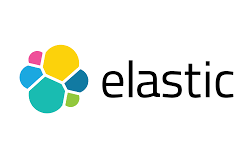Fleet server with elasticsearch in docker container
UPDATE – 3/30/2022: another 8.1.x update to automatically populate the CA trusted fingerprint and the Advanced YAML settings to add the generated ca.crt onto fleet for easier use – Please go to the bottom of the article for an explaination UPDATE: 8.1.0 release introduced some changes where the default policies are no longer created on default and you will need to manually create it. I will add the steps to the end of the document Fleet server in docker container Fleet & Fleet server was released as of 7.14.0 and it uses the elastic-agent as a single, unified way to… Continue Reading

